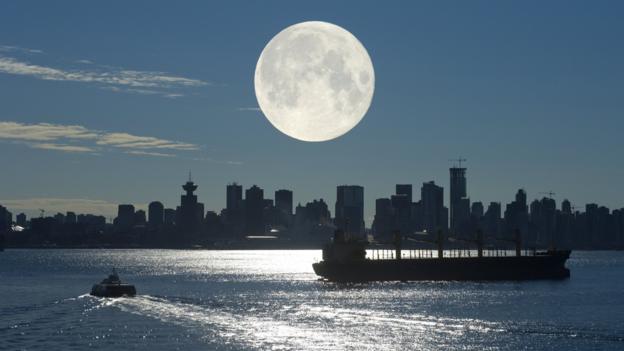
You would be forgiven for thinking that America lost interest in the Moon forty years ago, in December 1972, when Apollo 17 astronaut Gene Cernan left the final footprint on its dusty surface. It’s certainly true that in the 1970s and 80s there was little desire to return to our grey, cratered cosmic neighbour. In fact during the 1980s no-one sent a single spacecraft, robot or orbiter. Thanks to Apollo, American scientists had an enormous pile of lunar rocks to study, Nasa’s attention had switched to the Space Shuttle and the Soviets had run out of money.
But in recent years, there has been a resurgence of interest in studying the Moon in order to tackle some of the many unanswered scientific questions. In the last decade, Europe, Japan, China and India have all sent unmanned orbiters to probe the Moon’s chemical composition, gravitational field and topography. Among other things, they’ve proved the presence of water, discovered potentially useful minerals and uncovered evidence that the Moon may still be geologically active. Now, later this year, the US will be launching its fourth mission since 2009:Ladee.
Ladee (pronounced Lad-ee, rather than Lay-dee) stands for Lunar Atmosphere and Dust Environment Explorer and is designed to build on Apollo science. Looking disconcertingly like an Apollo Command Module smothered in shiny solar panels, this robotic spacecraft will study lunar dust in the Moon’s tenuous atmosphere. “Yes the Moon has an atmosphere,” exclaims Brian Day from Nasa’s Lunar Science Institute. “People are astonished to find that out.
“We uncovered the very beginnings of our understanding of the lunar atmosphere when we visited with Apollo,” Day says, “but we haven’t really revisited the question of how much there is, what it’s made of and how it changes from month to month.”
‘Dead world’
The mission will also aim to solve another related question that’s unresolved from Apollo: a weird glow that the astronauts saw from lunar orbit. “There were these interesting ‘streamers’ that were seen out the window of the Command Module when it was round the Moon,” says Ladee project scientist Richard Elphic. “Some of the supposition is that these may be pillars of levitated dust, high into the lunar sky. But we don’t know for sure, so we’re trying to understand what role dust might play in the lunar atmosphere.”
Observations made through telescopes on Earth have already given the Ladee science team some idea of what they might find. They know, for instance, that the lunar atmosphere contains argon and helium and they were surprised to also find two metals: sodium and potassium. “Those are just the tip of the iceberg,” says Elphic, “there are probably many other species of chemicals and just as exotic.
The Moon’s thin and fragile atmosphere is technically known as a surface boundary exosphere and what makes this investigation even more interesting is that these types of atmospheres are found around bodies elsewhere in the Solar System. Mercury has one, so do larger asteroids, many of the moons of the gas giants, even the minor planets beyond Neptune. “This may be the most common type of atmosphere in our solar system and we know very little about it,” says Day. “But we happen to have one right next door – how lucky is that? We’re going to take advantage of that and go and explore it.”
in BBC
No comments:
Post a Comment